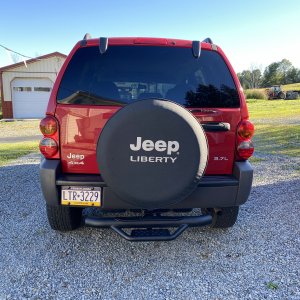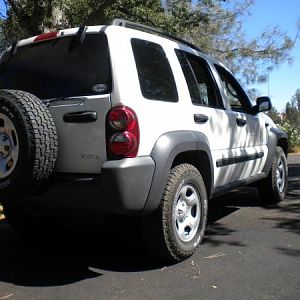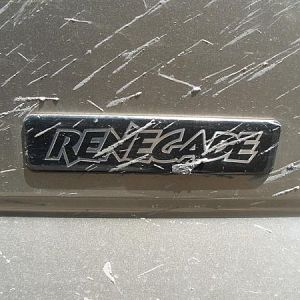Some years ago, I constructed a durable, effective, easily cleaned and fully reusable bug screen out of stainless steel mesh and aluminum channel to help keep the cooling fins of the AC condensor on my 2005 Dodge Ram clear of debris. Recently, with the front end of my 2005 Jeep KJ CRD all torn apart for a timing belt replacement, and a brand new AC condensor also installed, I realized that I wanted to do the same thing for it.
On the truck, the bug screen is readily accessed for cleaning by removing only two screws at the front of the Kilby Tool Tray that I had previously installed over the radiator. On the KJ, however, I needed to be able to easily remove the topmost/horizontal section of the headlight panel support frame that covers the top of the electric fan and AC condensor. For reference, the entire headlight panel support frame is the “T” shaped piece of metal that both the plastic headlight/foglight panel and the hood latch mechanism bolt to.
Here it is circled in red --
On the truck, the bug screen is readily accessed for cleaning by removing only two screws at the front of the Kilby Tool Tray that I had previously installed over the radiator. On the KJ, however, I needed to be able to easily remove the topmost/horizontal section of the headlight panel support frame that covers the top of the electric fan and AC condensor. For reference, the entire headlight panel support frame is the “T” shaped piece of metal that both the plastic headlight/foglight panel and the hood latch mechanism bolt to.
Here it is circled in red --
You must be registered for see images attach
Last edited:










